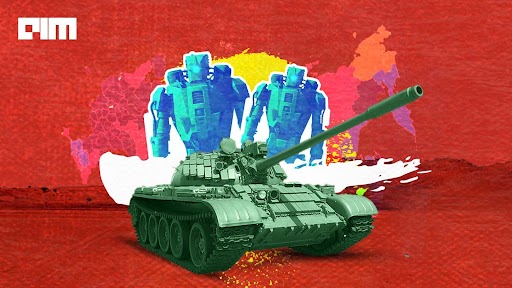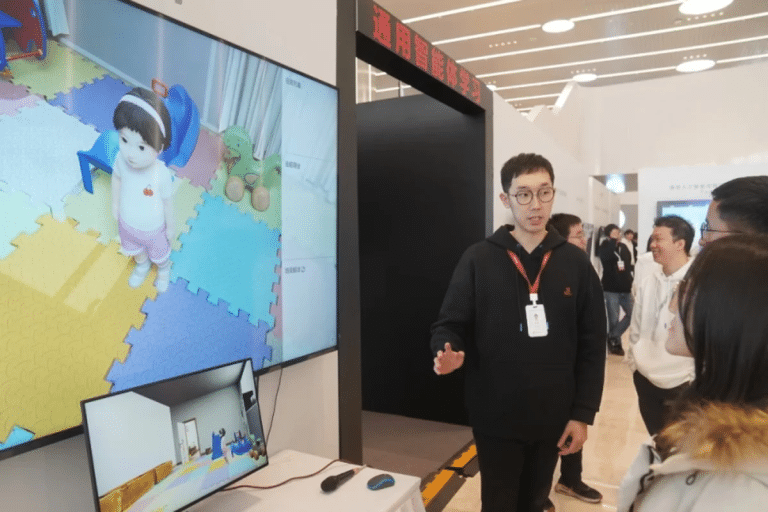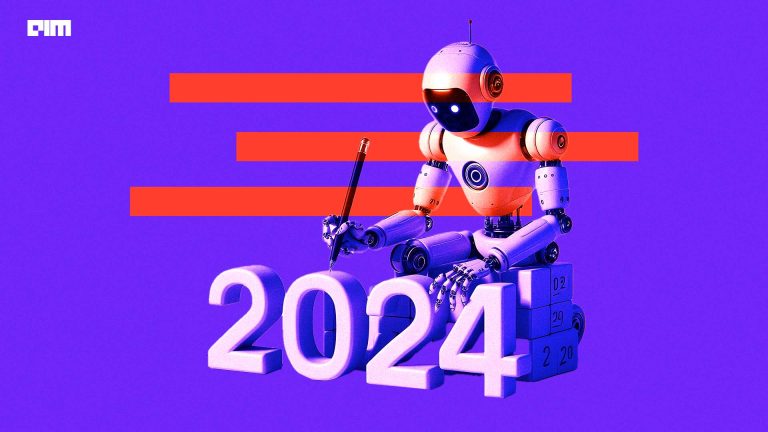China and the US had a headstart in the AI race, largely attributed to state-sponsored funding in the Research and Development of AI-based technologies and private participation. Though Russia is not considered a frontrunner in the global AI race, it is still a force to be reckoned with. From dominating World War 2 with their superior tanks to ruling the cybersecurity space, Russians have been quick at weaponising new technologies.
Vladimir Putin is a steadfast supporter of the use of AI-enabled weapons. The Russian president once said “Artificial intelligence is the future, not only for Russia, but for all humankind. It comes with colossal opportunities, but also threats that are difficult to predict. Whoever becomes the leader in this sphere will become the ruler of the world.”
Russian defence currently has more than 150 AI-enabled military systems in various stages of development, said a report by the Center for Naval Analyses. The country is bullish on using AI for electronic warfare, intelligence, surveillance, reconnaissance, and even strategic decision-making processes.
Russia’s armada of AI-enabled weapons
Russia is actively ramping its military capabilities with AI instead of playing catchup with the US and China in the commercial AI space. Below are a few of the AI-driven military systems recently developed by Russia.
National Defense Management Center – To improve the coordination between various military units, Russia has developed a National Defense Management Center. The National Defense Management Center will help human operators to make better decisions using AI. The system gives a clear picture of the status of Russian forces and the state of military units deployed both on domestic and international fronts.
Msta-SM 2S19M2 — A new breed of self-propelled robotized artillery systems has an increased range and uses “smart” high-precision shells. Msta-SM 2S19M2 are fitted with a new automated guidance and fire control system for the howitzers. The system enables each combat vehicle to exchange information with the battalion and battery command posts. As a result, information about each shot fired by individual combat vehicles can be shared among all the active vehicles on the battleground, leading to efficient usage of firepower and better-coordinated attacks.
Altius – The Russian unmanned vehicle is equipped with artificial intelligence elements and can interact with manned aircraft. The drone can operate independently and can interact with Su-57, Russia’s fifth-generation fighter. Once it receives the coordinates of the target, Altius creates an algorithm and finds the optimal route to the target and calculates suitable points to drop bombs, all without the help of an operator and return to base by plotting the safest route. In addition, Altius can lift a ton of bombs and missiles as payload and can conduct reconnaissance operations.
Marker – The Advanced Research Fund and NP Android Technology have jointly developed the unmanned ground vehicle, Marker, to assist the Russian soldier on the battlefield. Marker vehicles are capable of pursuing a particular task autonomously and can share information among each other. The devices use neural networks to create swarms to tackle any potential threats on the battlefield.
Russia’s territorial ambitions and NATO threat
Russia’s territorial ambitions came out in the open with the annexation of Crimea, a peninsula controlled by Ukraine, in 2014. The move alarmed the West and the countries under North Atlantic Treaty Organization. The Russian military knows that it can’t win a conventional war against the mighty NATO forces, but AI weapons can improve its odds. At the same time, increasing cooperation between China further enables Russia to develop and weaponise AI. “The Russian military seeks to be a leader in weaponizing AI technology,” Lt. Gen. Michael Groen, director of the Pentagon’s Joint Artificial Intelligence Center, said. The growing tensions between Russia and Ukraine has put NATO forces in Russia’s backyard. However, the West and its allies should not take Russia’s military capabilities lightly.



















































































